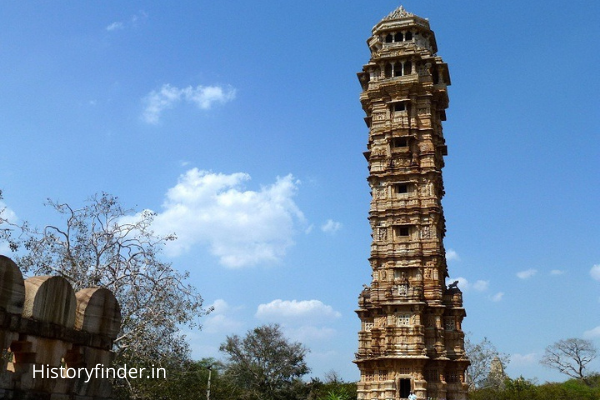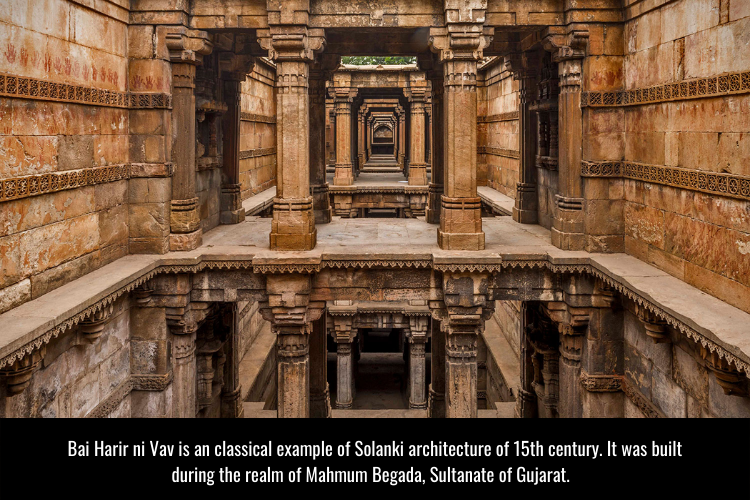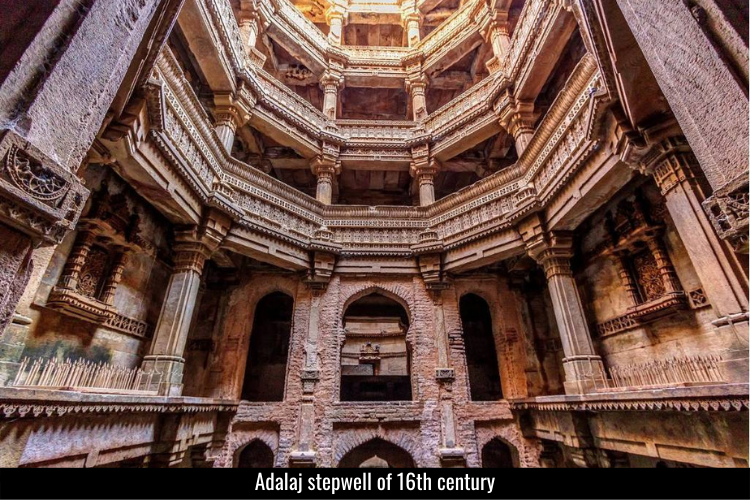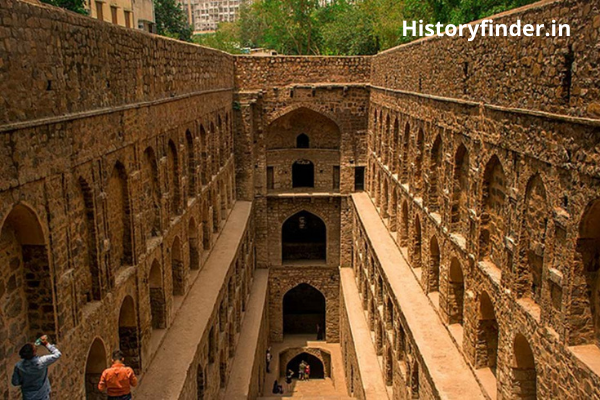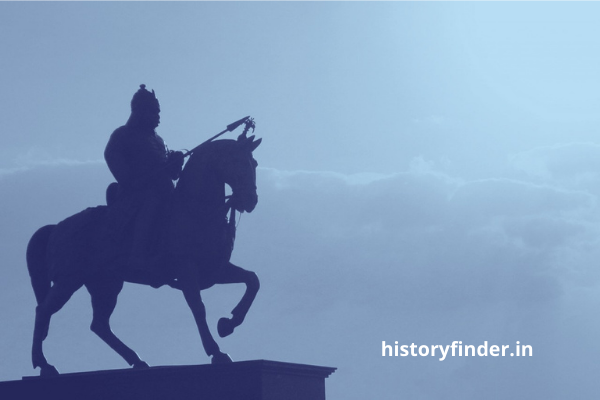Vijay Stambha is an amazing victory monument constructed by Rana Kumbha, the King of Mewar. Vijay Stambha is actually the common name of the tower. The actual name, is however, Kirti Stambha (or, Kirtistambha) or the Tower of Victory.
Rana Kumbha had constructed the victory monument in 1448 CE, in his state capital Chittorgarh. The nine storied tower is undoubtedly one of the most attractive parts of Chittorgarh fort.
Vijay Stambha also showcases the sign of religious pluralism of the Rajput rulers. Top floor is consisting of an image of Padmavati, the Jain goddess. On the other hand, you’ll see the carvings of the word ‘Allah’, 9 times at 3rd floor and 8 times at 8th floor; all in Arabic. However, the Kirti Stambha is actually a dedication to Lord Vishnu, a Hindu god.
History of Vijay Stambha
It was indeed a famous victory over the joint forces of Mahmud Khilji of Malwa and Kutubuddin Shah of Gujarat.
After the death of Nagaur’s ruler Firoz Khan, his son Sams Khan took Maharana Kumbha’s support to ascend the throne. But later on, he changed his mind and sought help from Kutubuddin Shah (or, Ahmad Shah II) of Gujarat. That made the Maharana very angry, and attacked and captured Nagaur.
Kutubuddin reacted hard by capturing Abu, and further, attacked Kumbhalgarh fort. However, he failed to capture the fort but then decided to proceed towards Chittorgarh. Mahmud Khilji also conquered Ajmer Mandalgarh. Further, sensing the opportunity, Rao Jodha, recaptured Mandore from Rana Kumbha’s preoccupancy.
However, Maharana Kumbha was capable enough to handle such multi-directional attacks. He defeated Kutubuddin’s Gujarat army at Nagaur. He also successfully defended his capital Chittorgarh. Later on, he recaptured all his lost territories from Mahmud Khilji and Rao Jodha. [Source: Wikipedia]
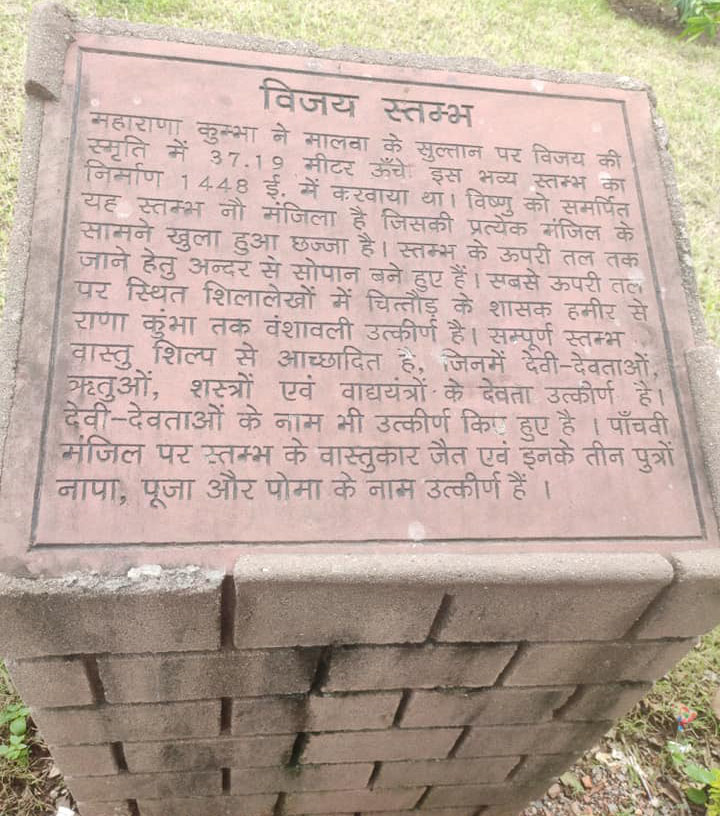
Architecture of the Vijay Stambha
The 37.19 meter tall tower is constructed with red sandstones and white marbles on a 3 meter high base. You have to climb 157 steps to reach the tower top. Further, each of the nine stories have a balcony in each. The uppermost floor, is however sealed for the visitors.
Both the exterior and interiors are full of carving delicacy of various mythological characters. You’ll see so many sculptures of Hindu gods and goddesses and it’s inscriptions. Further, the beautiful carvings of ornaments, seasons, weapons and musical instruments are just amazing.
An inscription on the top most floor displays the genealogy of Rajput rulers; from Rana Hamir up to Rana Kumbha.
The architects
Sutradhar Jaita and his three sons Napa, Puja and Poma have been the architects of Vijay Stambha. You can see their portraits on it’s fifth floor. Jai also was the scholar of the court of Maharana Kumbha.
